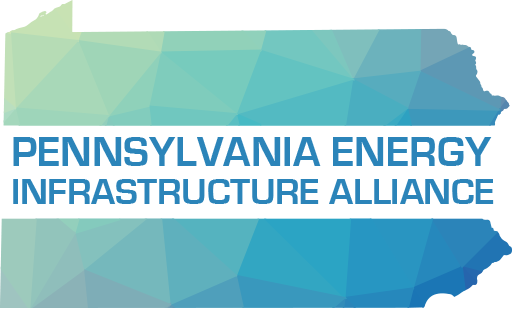
Members of the Pennsylvania Energy Infrastructure Alliance on Monday, Oct. 4 testified at a joint hearing of the Senate Environmental Resources & Energy Committee (ERE) and the Community, Economic & Recreational Development Committee (CERD) in Harrisburg.
The hearing featured three separate panels examining the benefits of pipeline on work force, economic development and consumers. Among the PEIA members represented on the panels were LiUNA, Steamfitters Local 420 and the Consumer Energy Alliance.
The Consumer Energy Alliance recently release a report, “How Pipelines Can Spur Immediate Post-COVID Economic Recovery,” which found increased production of abundant, affordable natural gas saved Pennsylvania consumers more than $32.1 billion from 2008-2018. Residential users alone saved almost $13.8 billion. Based on current population estimates, that equals to more than $1,077 per citizen. Pennsylvania’s small businesses and industries, including plastics and steel manufacturing facilities, saved more than $18.3 billion.
CEA Mid-Atlantic Regional Director Mike Butler explained how these savings bring relief to Pennsylvania’s families and keep the state’s industries competitive and its jobs abundant.
Jim Snell, Business Manager for Steamfitters Local 420, said pipelines have been a lifeline for Pennsylvania’s construction trades.
“As head of Steamfitters Local 420, I know firsthand the value of good-paying, energy-related jobs. I see them every day,” Snell said. “These pipeline projects and related assets provide the livelihood our members and their families depend on. And the investments have enabled them to work where they live and reinvest in their communities.”
According to the most recent data from the Energy Information Administration (EIA), Pennsylvania is closing in as the top gas-producing state in the country. Year to date, Pennsylvania produced 3.15 trillion cubic feet of natural gas while Texas has produced 4.118 trillion cubic feet — the closest the margins have ever been.
“We need to keep putting these resources to use for our residents, our economy and our environment,” Snell said.
Pipeline constraints remain problematic, even as demand for clean-burning natural gas remains high. EIA forecasts that industrial consumption of natural gas will increase 35 percent between now and 2050. Meeting those clean energy goals will require need new infrastructure and a skilled workforce.
